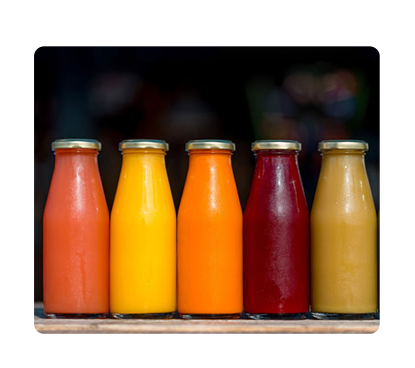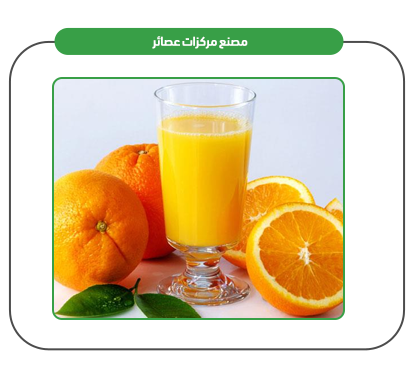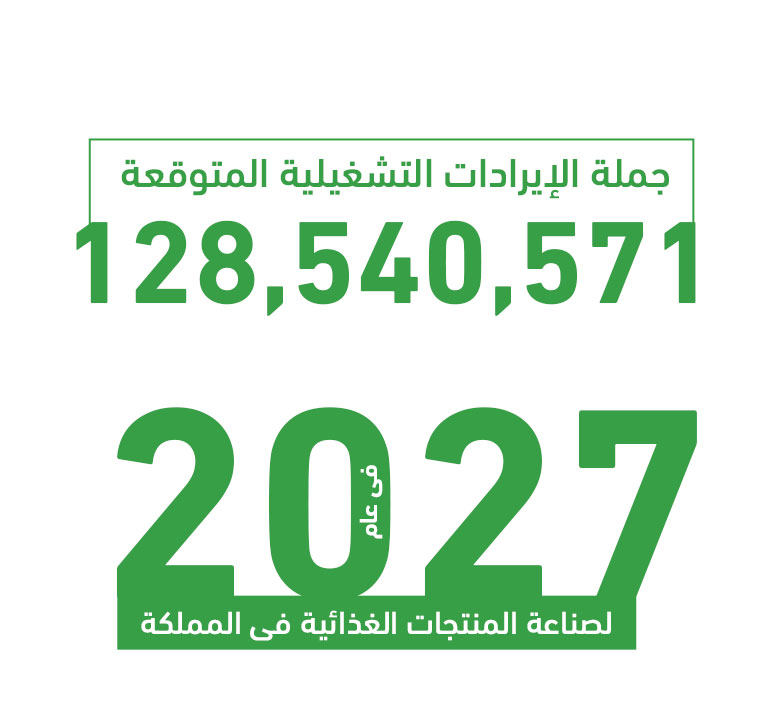Mashroo3k Economic Consulting Company offers a feasibility study for a juice concentrate factory project in Yemen. The project aims to produce the fruit concentrates needed for juice manufacturing, with the highest profit margin and best payback period. This study is based on a series of in-depth studies of the Yemen market size, an analysis of local and foreign competitors’ strategies, and the ability to provide competitive pricing.

The juice concentrate production and packaging plant offers rapid juice production, using the latest equipment and technologies for separation, concentration, homogenization, and clean-in-place (CIP), in addition to the latest automation applications. This helps increase yields with low production costs and high quality.
Experts at Mashroo3k Economic Consulting Company point out the importance of selecting production lines responsible for the centrifugal process to separate the nectar, pulp, peels, and hard seeds of certain fruits, such as pineapple, guava, nettle, and chicory. Mashroo3k Company therefore provides accurate and up-to-date studies on the most important juice concentrate production and packaging lines, based on Yemen market data, which contributes to achieving the project’s objectives.

Mashroo3k Economic Consulting Company provides investors interested in investing in a juice concentrate plant project in Yemen, or developing their existing projects, with a set of updated data on the advanced technology used in the field of juice concentrate production and packaging. This technology replaces traditional separation methods with diafiltration to clarify and concentrate a variety of fruit and vegetable juices. Centrifugal decanters and separators are used to adjust the amount of pulp remaining in the juice according to customer specifications. Special decanters are also used for rapid, continuous, and low-oxidation juicing.
The comprehensive feasibility studies provided by Mashroo3k Economic Consulting Company focus on the project’s ability to expand and grow continuously. They also include a carefully considered plan to develop the plant’s services and products, enhance its competitive advantages, and define the stages of expansion and continuous growth.


Executive summary
Study project services/products
Market Size Analysis
Risk Assessment
Technical study
Financial study
Organizational and administrative study

